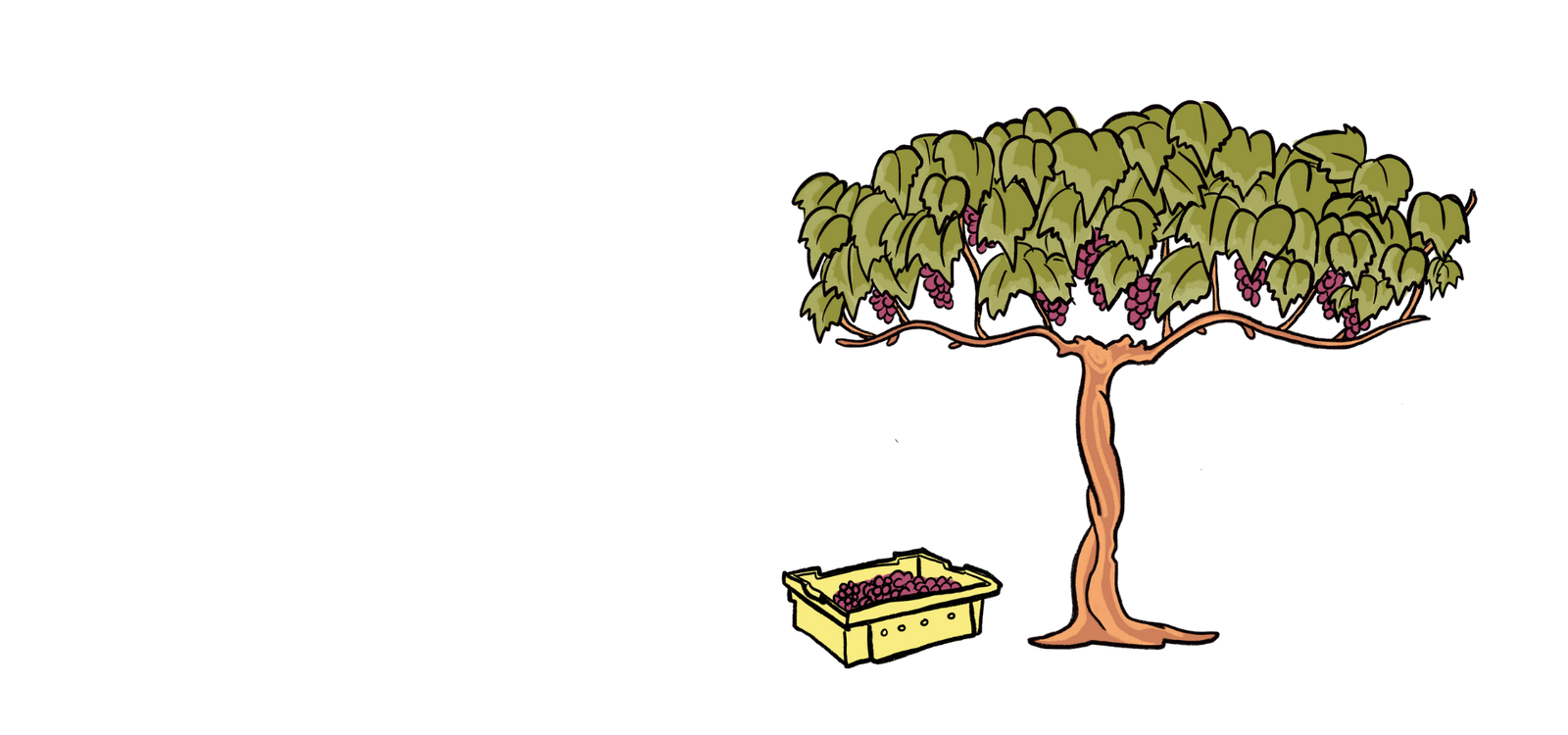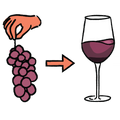

Sounds delicious, but do you know what it really means?
It’s a great sales tool, isn't it?
“Oh you simply must try this wine, made from old vine organic Grenache, aged for 12 months in second-use French barriques... and it’s from a single vineyard”
Sounds delicious, I’ll take a bottle, please.
It’s relatively self-explanatory what single vineyard wines are - one would assume all of the grapes come from the same plot or parcel in a given vineyard. Case closed.
But what do single vineyard wines actually mean? Are they better? If so, why? Or is it all a bit of a myth, a great sales tool employed by a sommelier or wine pro at the local bottle shop?

What is wine?--red
Let’s get philosophical for a moment. Whilst wine is essentially fermented grape juice, it is also a snapshot in time. A specific parcel (or parcels) of grapes, made by a specific person, from a specific place, and at a very specific time. This is often dictated by an appellation; a set of rules and regulations that govern the style of some wines. Sometimes this is a good thing, a mark of quality and a security blanket if you like. Rioja (the central Spanish wine region) should taste like Rioja, and will always have Tempranillo in it, for example.
Appellation is terroir; the idea that the climate, grapes, soils and traditions reflect a certain sense of place. That sense of place is the identity of wine, and single vineyard wines are an amped-up version of that sense of place.
Better, Worse, or just Different?--plum
Single vineyard wines tend to be made from superior vineyard sites. Most wines are more often than not, a blend of multiple vineyards. Perhaps one vineyard produces fleshier, more full-bodied wines, whilst the other vineyard manifests fruit with higher acidity, so a blend of these two parcels will inevitably lead to a balanced final wine.

A single vineyard in theory yields a wine that needs no help. The soil, the micro-climate, sun exposure, access to water... everything is perfectly balanced, making these sites worthy of having their own name on the front label.
Sometimes this is a risk, if weather conditions aren't great, then there is a chance the wine won't be as good as it should be, and these wines always tend to fetch a higher price tag, so that’s something to consider.
We think it's best not to look at single vineyard wines as better or worse, but instead just that snapshot of a time and place in the world.
It’s also a cultural thing. Let’s look at the French wine regions of Bordeaux & Burgundy. The former is the home of skilfully blended wines from across multiple vineyards and sometimes estates with scattered vineyards, often intermingled with other producers’ vines. It is the ability to blend wines from multiple sites that have enabled the Bordelaise to ensure consistency and financial stability and let’s face it, there are few places in the wine world with a stronger link between geography and finance.
Then we have Burgundy, the home of Pinot Noir and single vineyard wines classified by quality. But even if you can pin down a particular vineyard in Burgundy, the wine could potentially be made by six or seven different people. Nonetheless, the creation and identity of single vineyard wines started here.
Rioja: The Movement Spreads--earth
We mentioned Rioja just now, so let’s revisit. This is a region and classification system that has been based on time and age. It’s the idea that the longer a wine ages, the better and more premium it is. Sometimes it is, sometimes it isn't, but what this system has done so well, is put the consumer at ease. The words ‘Reserva’ on the front label tell us the wine has been aged for a certain amount of time, and as such, we kind of know what we are getting.
But changes are afoot, in fact, they have already started. Some producers in Rioja have been growing tired of this ageing system and in their search for greater (single) vineyard identity, have introduced Viñedos Singulares - sound familiar? This is a response to greater calls for a sense of place, and nothing embodies that more than single vineyard wines.
A Sign of the Times--racy
The world is changing and consumers are looking for much more transparency. We want to know if our food and drink is sustainable, or organic, so why not ask for a greater sense of origin from our wines? In this sense, single vineyard wines are spot on, like it or not, this is the place.
Try not to think of single vineyard wines as better or worse, but instead as a particular expression of a given location.
It is a question of identity, not quality.

About the Author
Harry Crowther started his adventures in New Zealand learning how to make wine before squishing grapes with his feet (literally) in Portugal. He is a contributing wine writer for a number of UK magazines as well and a former wine director and consultant specialising in wine list development. When he isn’t drinking wine, he loves a beer and collecting records before spinning a few tunes.
Do you know your wine personality? If your answer is no, take our quiz to find out which wines to pick up next and build your box!
Build my box





